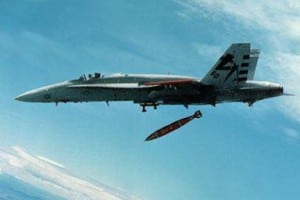
The U.S. military must continue to aggressively develop unmanned systems or risk losing its advantage to other countries that are pursuing the technology, Navy Secretary Ray Mabus warned April 30.“If we don’t keep up in this, if we don’t lead in this, we will very certainly be bypassed in this because we’re not the only ones working on this,” Mabus said in remarks at the National Press Club.Mabus defended his recent comment that the Lockheed Martin [LMT] F-35 should be the Navy’s…













